Indoor Winter Savory Care: How To Care For Winter Savory Inside
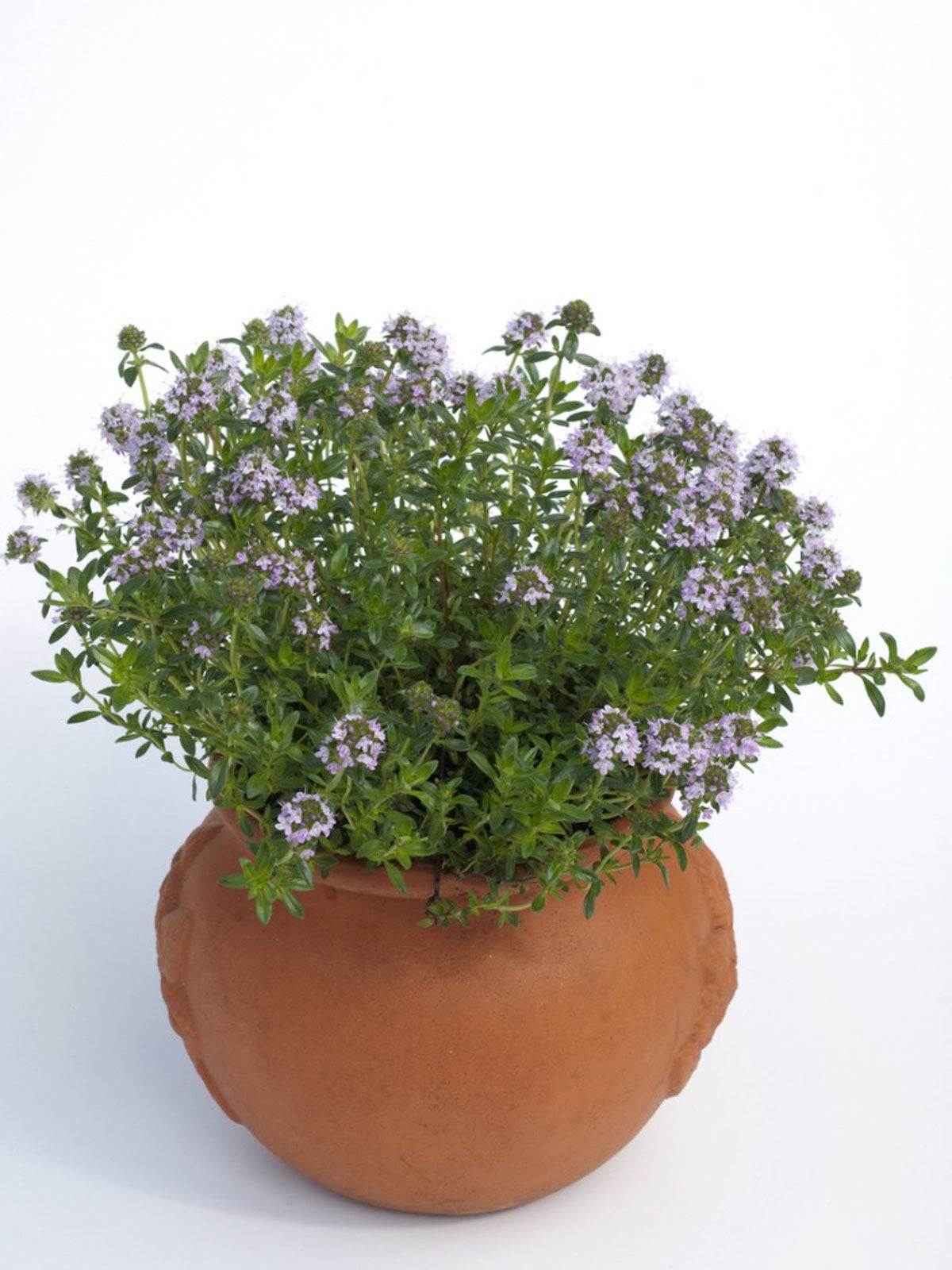

If you love the flavor of savory in your cooking, there is no substitute for fresh. Although winter savory is a hardy perennial, it loses all those yummy leaves in winter, leaving you with none of the seasoning. Growing winter savory indoors will allow the plant to keep the flavorful leaves. As an added bonus, a winter savory houseplant is attractive and aromatic.
Growing Winter Savory Indoors
Savory has a slightly peppery taste followed by notes of thyme. It works well in a host of recipes, adding that little something that makes guests ask, "what's your secret?" In order to have a constant supply of the tasty leaves, keeping winter savory inside will guarantee a steady source.
You can grow winter savory from seed, cuttings, or division. If you want to start a young plant indoors, use good potting soil. Start seed in a flat and transplant to a 6 inch (15 cm.) pot once seedlings have several pairs of true leaves. Either potting soil or coconut coir make a good medium. The mature plant can get up to 12 inches (31 cm.) tall with a similar spread, but the roots rather like being cramped.
Another way to grow winter savory inside is by taking cuttings. Woody plants like winter savory should have cuttings taken in spring when the plant is actively growing. Take sanitized pruning shears and cut a 6 inch (15 cm.) terminal shoot. The best time to take a cutting is morning.
Keep the cut end moist. Remove the leaves from the lower third of the cutting. Place the cut end in a glass of water. Change the water frequently until the cutting has developed a good crop of roots. Then pre-moisten your medium and plant the shoot.
Caring for an Indoor Winter Savory
Place indoor winter savory where the plant will receive at least six hours per day of bright light. If your home lacks adequate light for growing winter savory indoors, place the container under a plant light.
Savory practically grows itself in good light. Keep the container moist but not soggy until established. Avoid standing water in the saucer. When your plant is mature, keep the soil on the dry side.
Gardening tips, videos, info and more delivered right to your inbox!
Sign up for the Gardening Know How newsletter today and receive a free copy of our e-book "How to Grow Delicious Tomatoes".
Savory doesn't really need fertilizer, but you can give it a boost in spring with a diluted balanced liquid fertilizer.
Harvest when the plant is 6 inches (15 cm.) tall. Cut stems with clean pruning shears and pull off the leaves. Don't harvest too many stems at once as this can harm the plant. Use the leaves in soups, stews, as a tea, with legumes and root vegetables, and with meat.

Bonnie Grant is a professional landscaper with a Certification in Urban Gardening. She has been gardening and writing for 15 years. A former professional chef, she has a passion for edible landscaping.
-
 Create A Romantic Garden Straight Out Of Bridgerton: Regency Era Romance In Your Garden
Create A Romantic Garden Straight Out Of Bridgerton: Regency Era Romance In Your GardenTry some romantic garden ideas straight out of Bridgerton. Flowers and gardens in the Regency era were lush and charming and you can get the same look!
By Bonnie L. Grant
-
 Moody Blooms For Spring: 8 Types Of Black Flowers To Add Drama To Spring Displays
Moody Blooms For Spring: 8 Types Of Black Flowers To Add Drama To Spring DisplaysFrom midnight burgundies to inky violets, several types of black flowers can enrich and embolden a spring display. Try these brooding bloomers for a moody garden
By Tonya Barnett
-
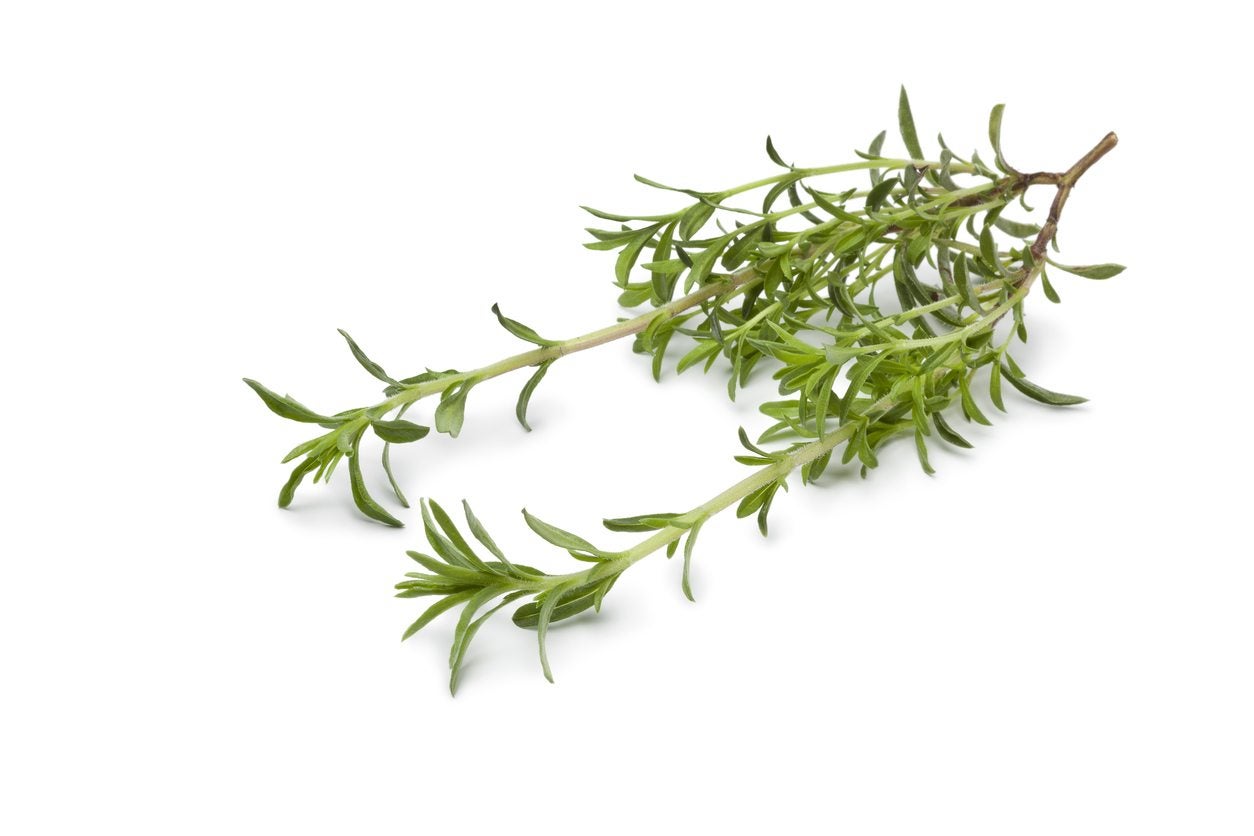 Picking Savory Plants – Learn About Savory Uses After Harvesting
Picking Savory Plants – Learn About Savory Uses After HarvestingCultivated for at least 2,000 years, both summer and winter savory have a multitude of uses after harvesting and are worthy additions to any herb garden. The following article contains information on harvesting savory herbs.
By Amy Grant
-
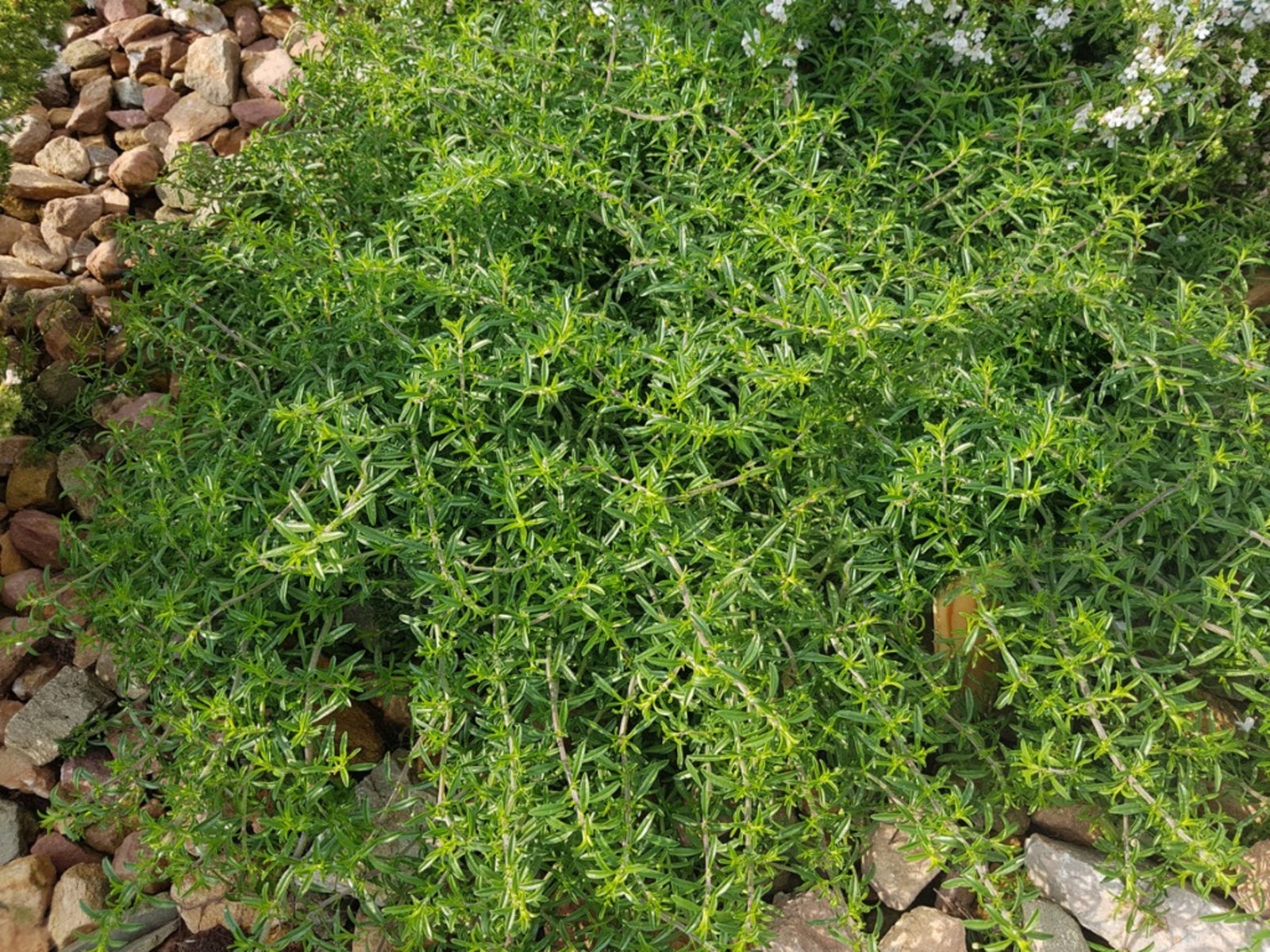 Creeping Savory Plants – How To Care For Creeping Savory Plants In The Garden
Creeping Savory Plants – How To Care For Creeping Savory Plants In The GardenCreeping savory in gardens are compact, fragrant plants at home in herb gardens or along borders or pathways. They're also great for containers and window boxes. Click this article to learn more about growing creeping savory in your own garden.
By Mary H. Dyer
-
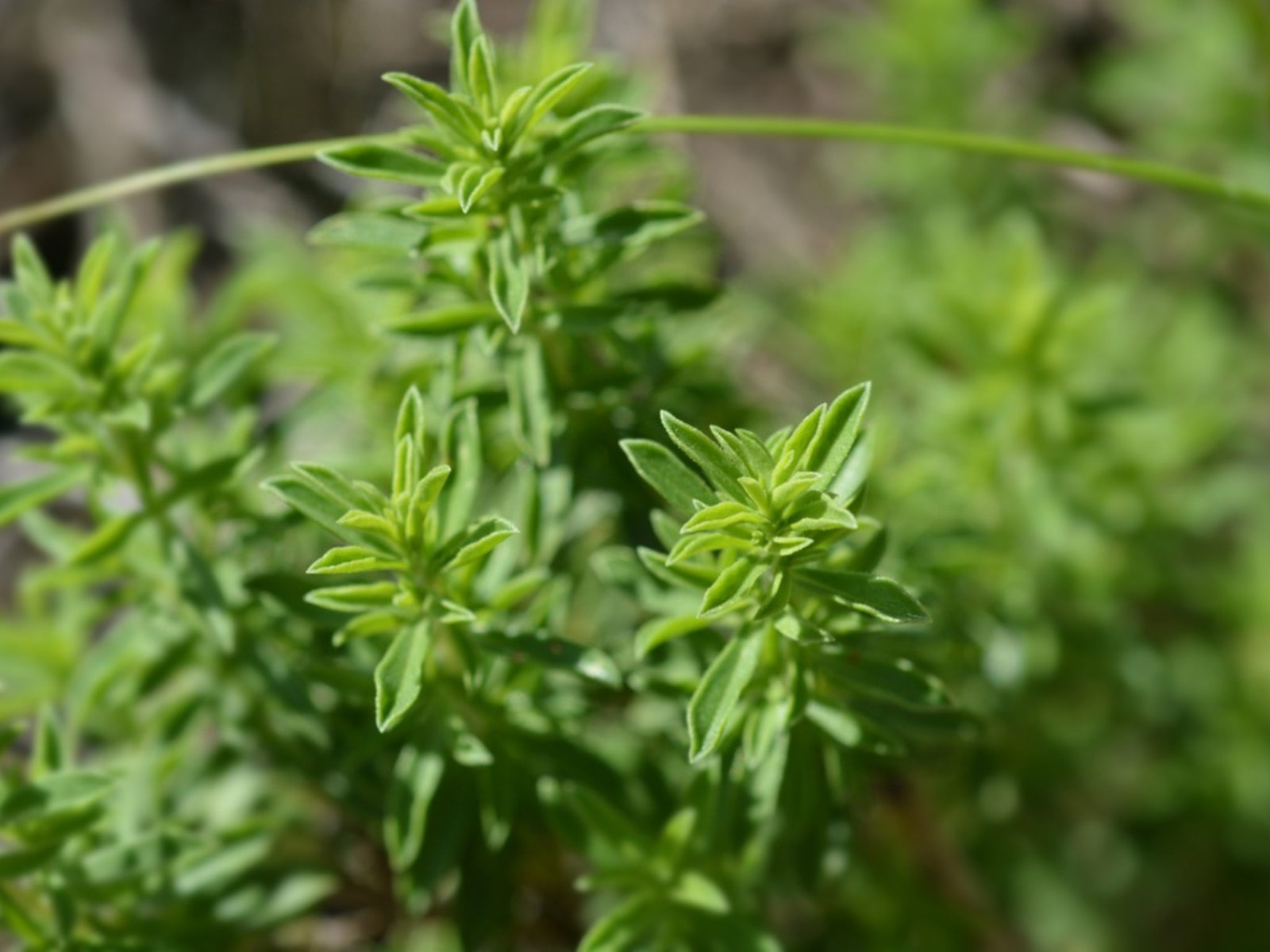 Care Of Winter Savory: Learn How To Grow Winter Savory Herbs
Care Of Winter Savory: Learn How To Grow Winter Savory HerbsThere are two types of savory, summer and winter, but in this article, we're going to focus on how to grow winter savory herbs. Click here to find out about the care and growing of winter savory and other winter savory plant information.
By Amy Grant
-
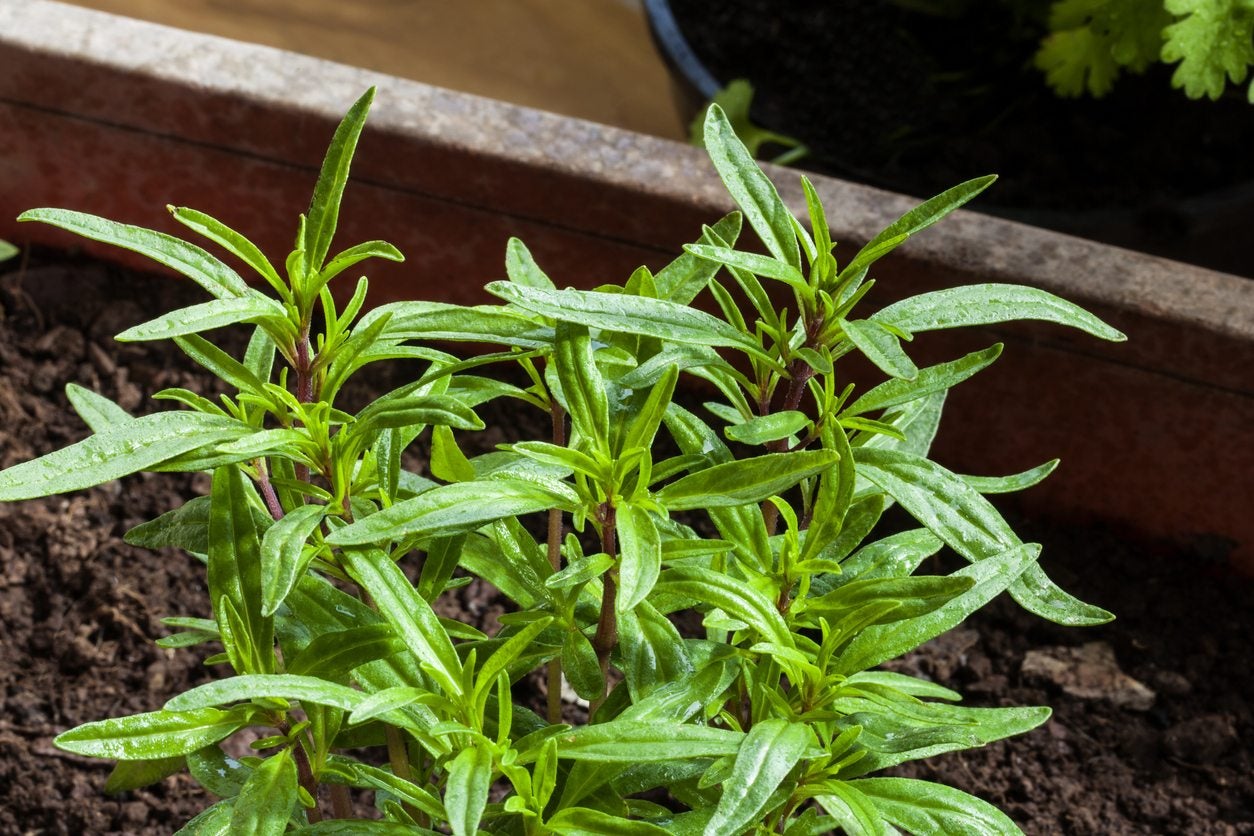 Summer Savory Plant Care – Tips On Growing Summer Savory Herbs
Summer Savory Plant Care – Tips On Growing Summer Savory HerbsSummer savory may not be as well known as some of its herb counterparts, but it's a serious asset to any herb garden. Click on this article to learn more about growing summer savory herbs, including summer savory plant care.
By Liz Baessler
-
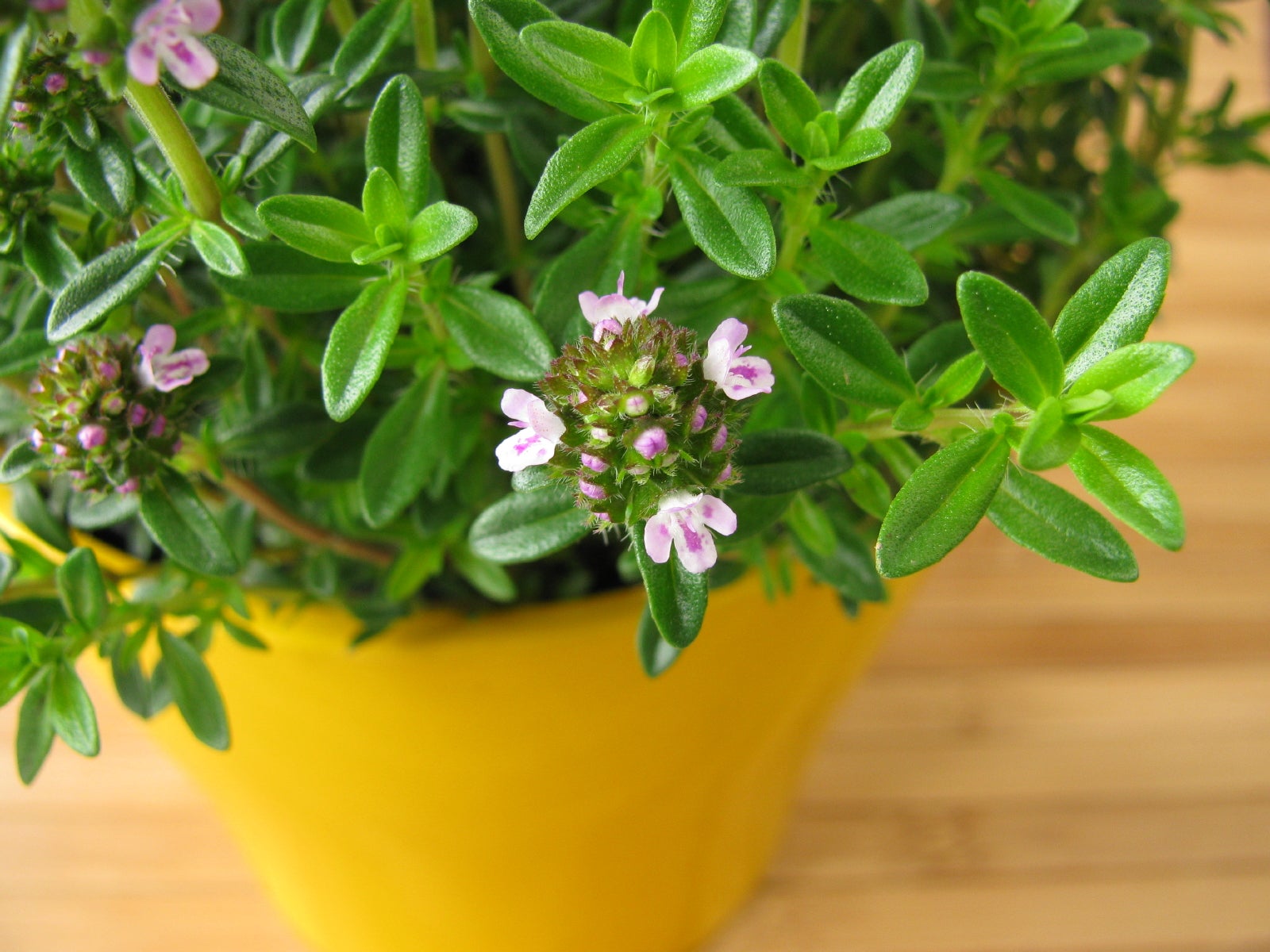 Growing Savory In Your Garden
Growing Savory In Your GardenGrowing savory in the home herb garden is not as common but both winter and summer savory are excellent additions to the kitchen. Planting savory is easy and, this article will help.
By Heather Rhoades